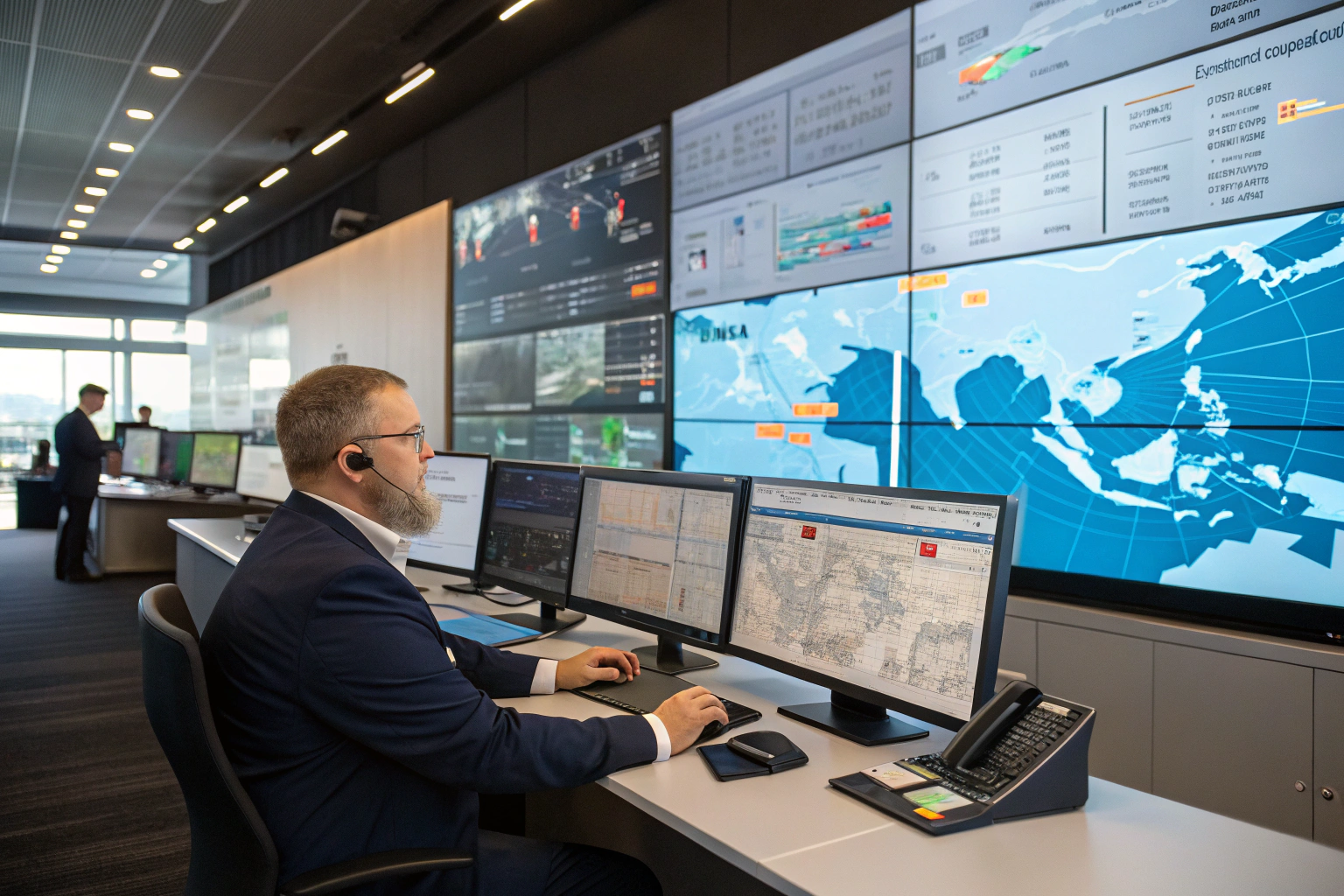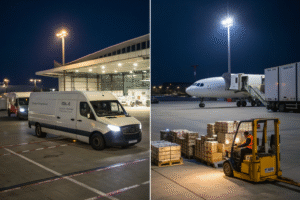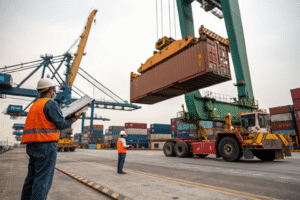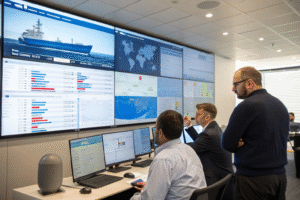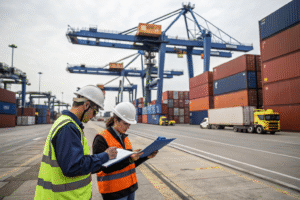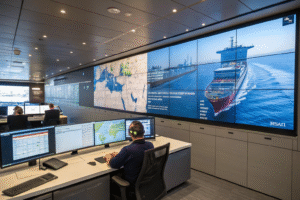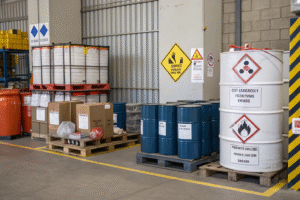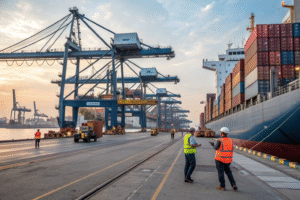Running a smooth import-export operation takes more than placing purchase orders and waiting for deliveries. Delays, compliance errors, inefficient routing, and siloed communication all slow down the cycle. Importers like Ron—who rely on high-volume shipments from China to the U.S.—need systems that keep their goods moving with precision.
Freight forwarders play a crucial role in streamlining the import-export cycle by managing transit efficiency, reducing paperwork, and ensuring that suppliers, transporters, and customs authorities stay in sync.
At GeeseCargo, we help importers cut turnaround times, avoid bottlenecks, and operate smarter with each shipment. Here's how.
How Do Forwarders Optimize Shipment Timing and Routing?
One of the biggest inefficiencies in any trade cycle is poor timing—orders arriving too early, too late, or in the wrong sequence.
Freight forwarders optimize delivery schedules by coordinating supplier readiness, booking strategic shipping slots, and planning the fastest and most cost-effective routes.
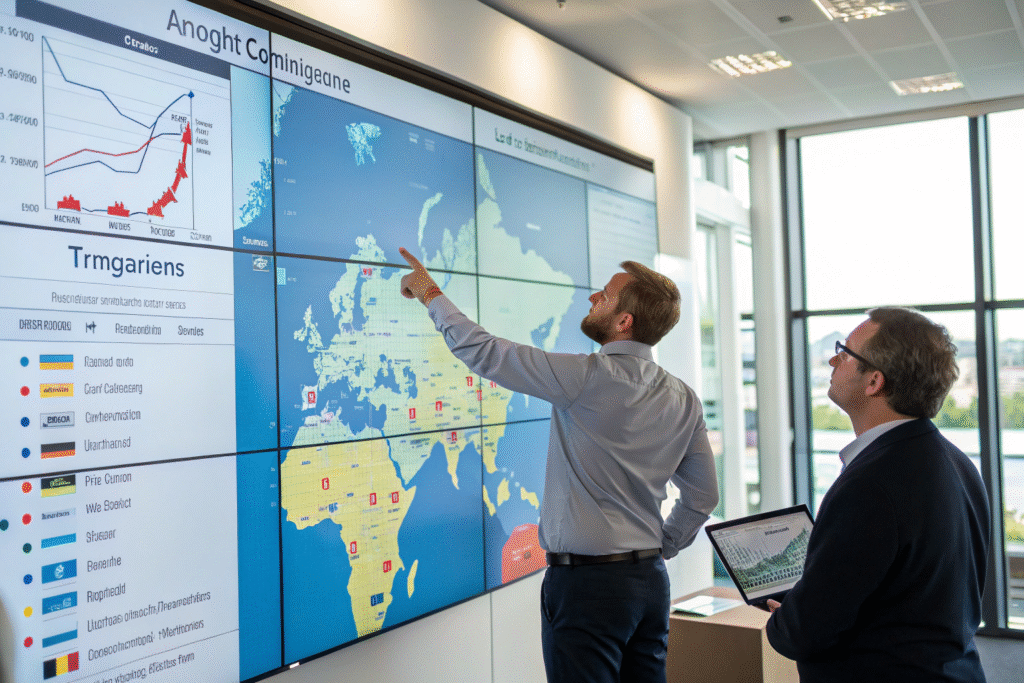
How Does Routing Intelligence Reduce Delivery Gaps?
We use advanced routing tools like PortCast and Flexport to evaluate vessel schedules, weather disruptions, and port congestion. This helps us adjust the route before the shipment even moves.
In one case, we re-routed Ron’s promotional goods through South Korea instead of the usual Ningbo-Los Angeles path to shave off 4 days during peak season.
Can Forwarders Coordinate With Multiple Suppliers?
Absolutely. We collect goods from multiple suppliers across China and consolidate them into one container. Our in-house coordination system, built on Trello and Slack integrations, keeps suppliers informed and shipments aligned.
This prevents idle time at ports and ensures everything arrives on the same schedule—ready for customs or warehouse intake.
How Can Documentation Automation Speed Up Customs Clearance?
Missing or inaccurate paperwork is a top reason for import delays. Forwarders take over this burden by automating documentation workflows.
Freight forwarders help importers move faster by pre-preparing customs documents, verifying trade codes, and ensuring seamless digital submission.
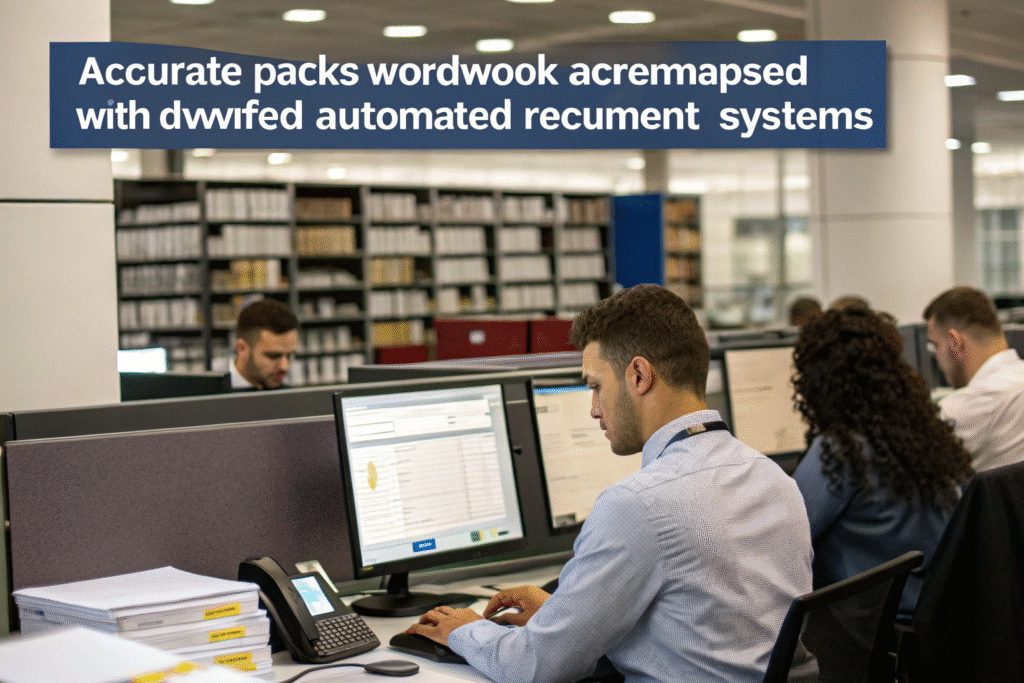
What Documents Are Automated by Freight Forwarders?
We automatically generate commercial invoices, packing lists, HS code declarations, and bills of lading for every shipment. These are submitted through platforms like CargoWise or Kuehne+Nagel Control Center.
This prevents customs rejections and allows pre-clearance before cargo arrives at U.S. ports.
Can Paperwork Errors Be Detected Early?
Yes. We use built-in compliance checks based on U.S. and Chinese customs requirements. If something’s missing—a COO stamp, missing harmonized code, or incorrect incoterm—it’s flagged before shipment.
We also keep clients informed via a shared Google Drive folder and notification system through Zoho Projects.
How Do Forwarders Improve Communication Across the Supply Chain?
Communication delays slow the import-export cycle. We eliminate that by acting as the command center for everyone involved.
Freight forwarders centralize communications between buyers, suppliers, brokers, and carriers—eliminating confusion and speeding up decisions.
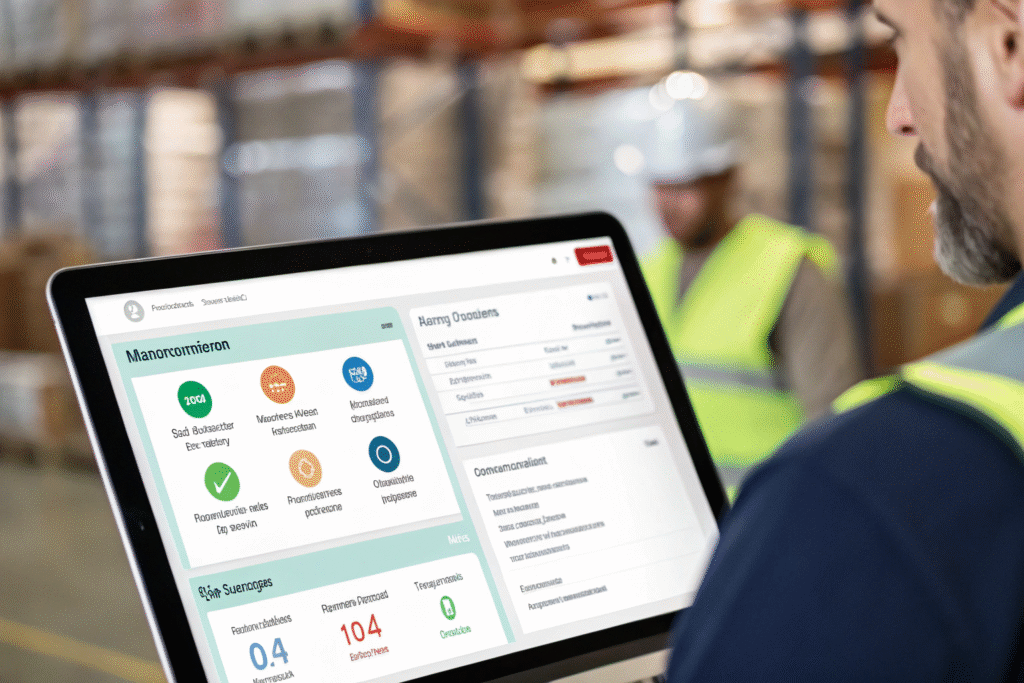
What Tools Help Forwarders Keep Everyone Aligned?
We use real-time tools like Notion, Slack, and ClickUp to update stakeholders on shipping dates, inspection status, and customs activity.
Our custom client dashboard shows each order’s current location, delivery ETA, and next steps, synced with production calendars and warehouse teams.
How Does This Improve Decision-Making?
Better communication means faster decisions. If customs asks for additional documentation, we coordinate with the supplier instantly. If a warehouse shift is needed, we alert your 3PL right away.
This saves 2–3 days per shipment on average—critical during tight launch cycles or promo campaigns.
What Services Help Accelerate Warehouse and Inventory Flow?
Once goods clear customs, slow intake at the destination warehouse can still cause delays. Forwarders help ensure smooth flow post-import.
By aligning shipping schedules with warehouse capacity and offering last-mile delivery coordination, freight forwarders speed up inventory turnover.
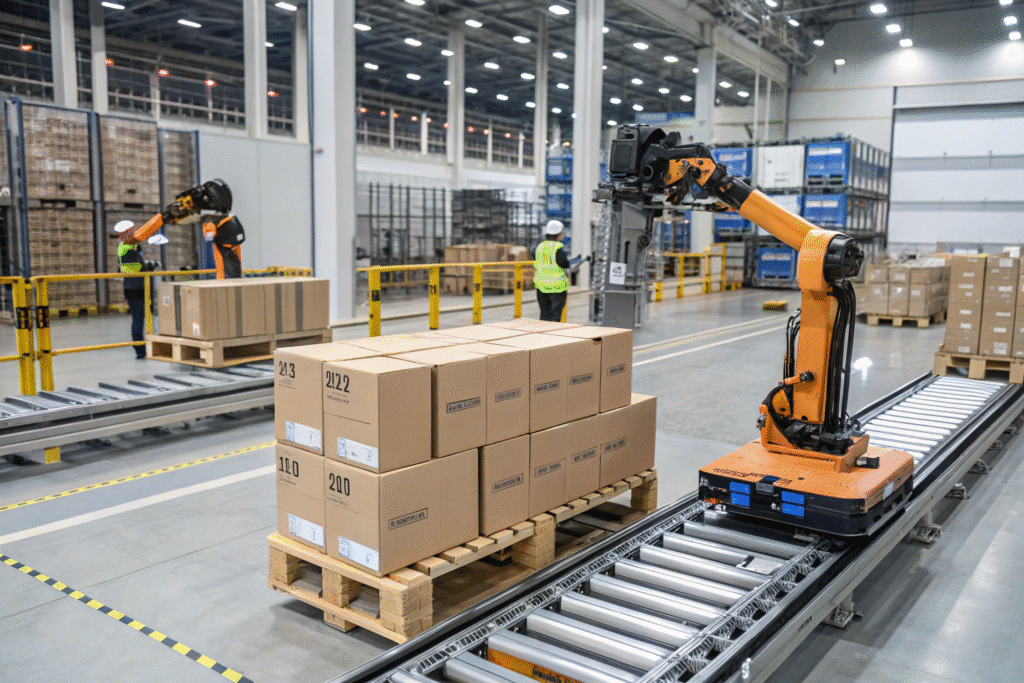
How Do You Sync With 3PL and Warehouse Teams?
We notify your U.S.-based warehouse with full cargo details, including ASN (Advance Shipping Notice), SKU map, and pallet configuration. This enables systems like ShipBob or Cin7 to receive goods faster.
When needed, we coordinate warehouse appointments through OpenDock or direct email to align staffing.
What About Last-Mile Distribution and Fulfillment?
GeeseCargo supports e-commerce fulfillment and B2B delivery. Whether you need to distribute stock to Amazon FBA or directly to retail stores, we can handle scheduling, label generation, and delivery confirmations using platforms like AfterShip or EasyPost.
This removes extra handling steps and reduces the time between port arrival and customer availability.
Conclusion
Freight forwarders are more than just cargo movers—they’re strategic partners in optimizing your entire import-export cycle. From pre-shipment planning and customs paperwork to inventory delivery and last-mile coordination, they create the structure and speed importers like Ron need to scale with confidence.
At GeeseCargo, we’ve built a system that works in harmony with your suppliers, customs agents, and warehousing operations. Let us help you shave days, reduce risk, and gain full control over every shipment that drives your business.
